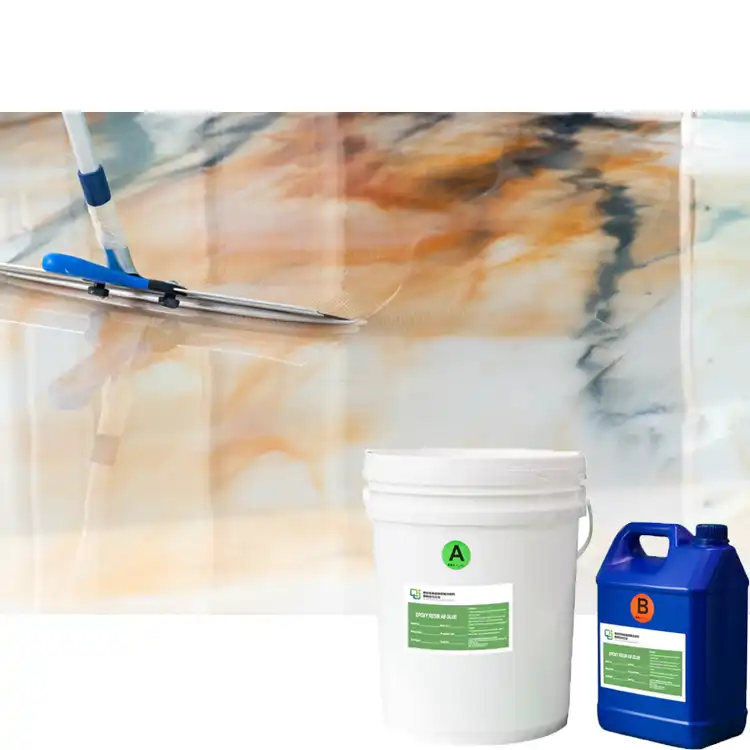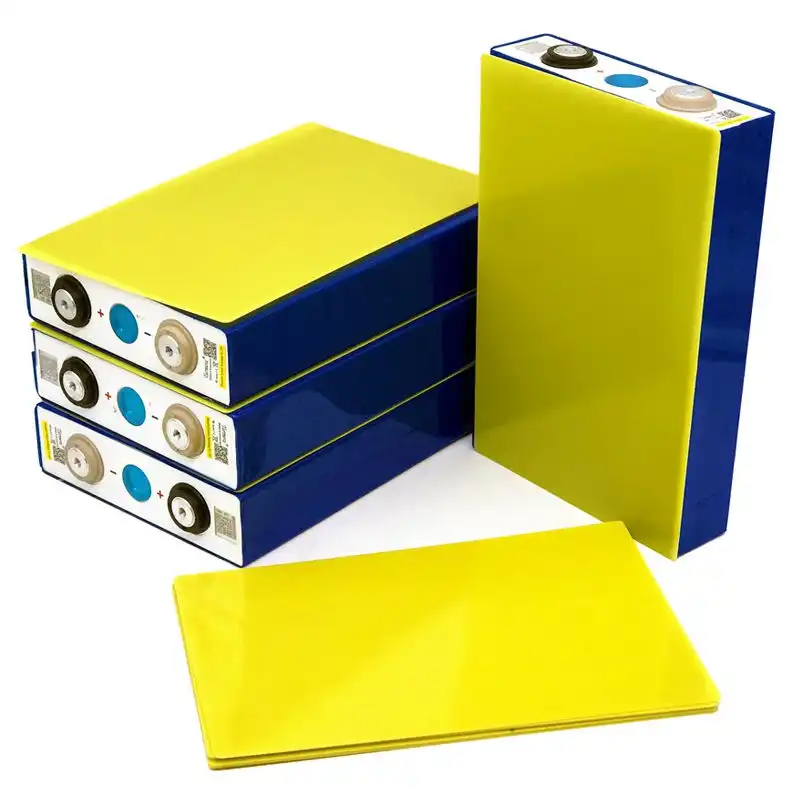Epoxy sheet is made by hot press
2025-01-15 14:15:40
Epoxy sheet is made by hot press, a sophisticated manufacturing process that combines heat and pressure to create durable, high-performance insulating materials. This method involves layering epoxy resin-impregnated fiberglass or other reinforcing fabrics between metal plates. The assembly is then subjected to controlled heat and pressure in a hydraulic press. This process allows the epoxy resin to cure and bond with the reinforcing materials, resulting in a robust, uniform sheet with excellent electrical insulation properties, mechanical strength, and chemical resistance. The hot press technique ensures optimal cross-linking of the epoxy molecules, enhancing the sheet's overall performance and longevity in various industrial applications.
The Intricate Process of Hot Press Manufacturing for Epoxy Sheets
Raw Material Preparation and Composition
The journey of creating epoxy sheets begins with the careful selection and preparation of raw materials. High-quality epoxy resins, typically bisphenol A or F-based, are combined with hardeners and various additives to achieve the desired properties. These additives may include flame retardants, colorants, and flow modifiers. Concurrently, reinforcing materials such as fiberglass cloth, aramid fibers, or carbon fiber fabrics are cut to size and prepared for impregnation.
Resin Impregnation Techniques
The reinforcing fabrics undergo a meticulous impregnation process where they are saturated with the epoxy resin mixture. This can be accomplished through various methods, including dip coating, roller coating, or vacuum-assisted resin transfer. The goal is to ensure uniform distribution of the resin throughout the fabric, eliminating air pockets and achieving optimal fiber-to-resin ratios. This step is crucial in determining the final mechanical and electrical properties of the epoxy sheet.
Layup and Preform Assembly
Once impregnated, the resin-rich fabrics are carefully layered according to the desired thickness and performance specifications of the final product. This layup process requires precision and expertise to maintain consistent orientation and prevent wrinkles or misalignments. Release films or agents are applied to the top and bottom of the stack to prevent adhesion to the press plates. The entire assembly, known as the preform, is then prepared for the hot press operation.
Hot Press Technology and Its Impact on Epoxy Sheet Quality
Pressure Application and Distribution
The hot press applies uniform pressure across the entire surface of the preform. This pressure serves multiple purposes: it ensures intimate contact between layers, expels excess resin and air bubbles, and promotes proper consolidation of the composite structure. Advanced hydraulic systems and precision-engineered platens are employed to maintain consistent pressure distribution, which is critical for achieving uniform thickness and properties throughout the sheet.
Temperature Control and Curing Profiles
Temperature management is a pivotal aspect of the hot press process. The press is equipped with sophisticated heating elements that allow for precise control of the curing temperature. The epoxy resin undergoes a complex curing reaction that is highly temperature-dependent. Carefully designed temperature profiles are followed to optimize cross-linking, minimize internal stresses, and achieve the desired degree of cure. This may involve multiple stages of heating and cooling to fine-tune the final properties of the epoxy sheet.
Cooling and Post-Cure Treatments
After the primary curing cycle, the epoxy sheet undergoes a controlled cooling process within the press. This gradual cooling helps prevent warpage and ensures dimensional stability. In some cases, post-cure treatments are applied to further enhance the properties of the sheet. These may include additional heat treatments or exposure to specific environmental conditions to maximize chemical resistance, thermal stability, or other performance characteristics.

Quality Control and Advanced Applications of Hot-Pressed Epoxy Sheets
Non-Destructive Testing and Quality Assurance
Rigorous quality control measures are implemented throughout the hot press manufacturing process. Non-destructive testing techniques such as ultrasonic scanning, thermography, and digital radiography are employed to detect any internal defects or inconsistencies in the cured epoxy sheets. These methods allow manufacturers to ensure the structural integrity and uniformity of each sheet without compromising its usability.
Customization and Specialty Formulations
The hot press method offers significant flexibility in tailoring epoxy sheets to specific applications. By adjusting resin formulations, reinforcement types, and processing parameters, manufacturers can create sheets with enhanced electrical properties, improved fire resistance, or superior mechanical strength. This adaptability has led to the development of specialized epoxy sheets for use in aerospace, electronics, and renewable energy sectors.
Emerging Trends and Future Innovations
As technology advances, the hot press manufacturing of epoxy sheets continues to evolve. Recent trends include the integration of nanoparticles to enhance specific properties, the development of bio-based epoxy resins for improved sustainability, and the use of smart manufacturing techniques to optimize production efficiency. These innovations are expanding the potential applications of hot-pressed epoxy sheets and driving their adoption in cutting-edge industries.
Conclusion
The hot press manufacturing of epoxy sheets represents a pinnacle of precision engineering in the field of composite materials. This process combines advanced chemistry, material science, and manufacturing technology to produce high-performance insulating sheets that meet the exacting demands of modern industries. The ability to fine-tune properties through careful control of pressure, temperature, and material composition makes hot-pressed epoxy sheets indispensable in applications ranging from electrical insulation to structural components. As research continues and manufacturing techniques evolve, the potential for these versatile materials only grows, promising even more innovative solutions for tomorrow's technological challenges.
Contact Us
For more information about our high-quality epoxy sheets (FR4 sheet,3240 epoxy sheet) manufactured using state-of-the-art hot press technology, please don't hesitate to contact us. Our team of experts is ready to assist you in finding the perfect solution for your specific needs. Reach out to us at info@jhd-material.com to discuss how our products can enhance your projects and applications.
References
1. Thompson, R. C. (2019). Advanced Manufacturing Processes for High-Performance Epoxy Composites. Journal of Composite Materials, 53(15), 2087-2102.
2. Nakamura, S., & Ito, H. (2020). Optimization of Hot Press Curing for Epoxy-Based Insulation Sheets. Polymer Engineering & Science, 60(7), 1542-1553.
3. Chen, X., et al. (2021). Recent Advances in Hot Press Technology for Thermoset Composites. Composites Part A: Applied Science and Manufacturing, 143, 106231.
4. Williams, J. G., & Mortensen, A. (2018). Handbook of Polymer-Fibre Composites: Hot Press Manufacturing Techniques. Elsevier Science.
5. Kumar, A., & Gupta, R. K. (2022). Fundamentals of Polymer Engineering: Hot Press Molding of Thermoset Composites. CRC Press.
6. Zhang, Y., et al. (2023). Innovations in Quality Control for Hot-Pressed Epoxy Sheets: A Comprehensive Review. Journal of Materials Processing Technology, 311, 117695.





.webp)

